Animation of the workings of a photocopier machine. Photocopiers use light and electric charge to duplicate an image on one piece of paper to another. Here, the paper bears the letter A. It is placed face-down on the photocopier. Inside the machine is a rotating drum covered in a photoconductive material. The drum is charged (represented by the + symbols) by a corona wire (also covered in +). When the drum is fully charged, a bright light is used to illuminate the paper to be copied. The light is reflected from the paper via a system of mirrors to the charged drum. The photoconductive coating becomes conductive when exposed to light, so the bright, reflective regions of the paper cause the drum surface to discharge in the same pattern. This leaves just the pattern of the dark, non-reflective areas of the paper charged on the drum. A toner (black) is then applied to the drum. The toner has a negative charge, and so is attracted to the positively charged regions of the drum. This forms a toner pattern identical to the one on the original paper. A blank sheet of paper is then charged and is passed under the drum, which is pressed against it, transferring the toner to the paper, and reproducing the initial image. The charge on the drum and toner can operate the other way around, and some photocopiers use a negatively charged drum with positively charged toner.
Details
WebID:
C01787457
Clip Type:
RM
Super High Res Size:
1920X1080
Duration:
00:01:26.000
Format:
QuickTime
Bit Rate:
25 fps
Available:
download
Comp:
200X112 (0.00 M)
Model Release:
NO
Property Release
No

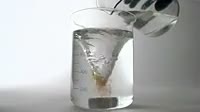
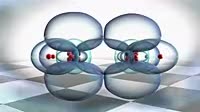
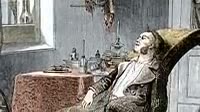
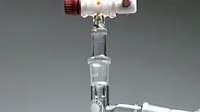

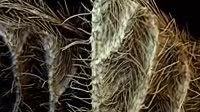
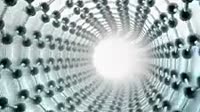

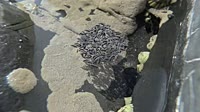

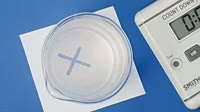
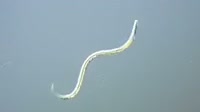
 Loading
Loading